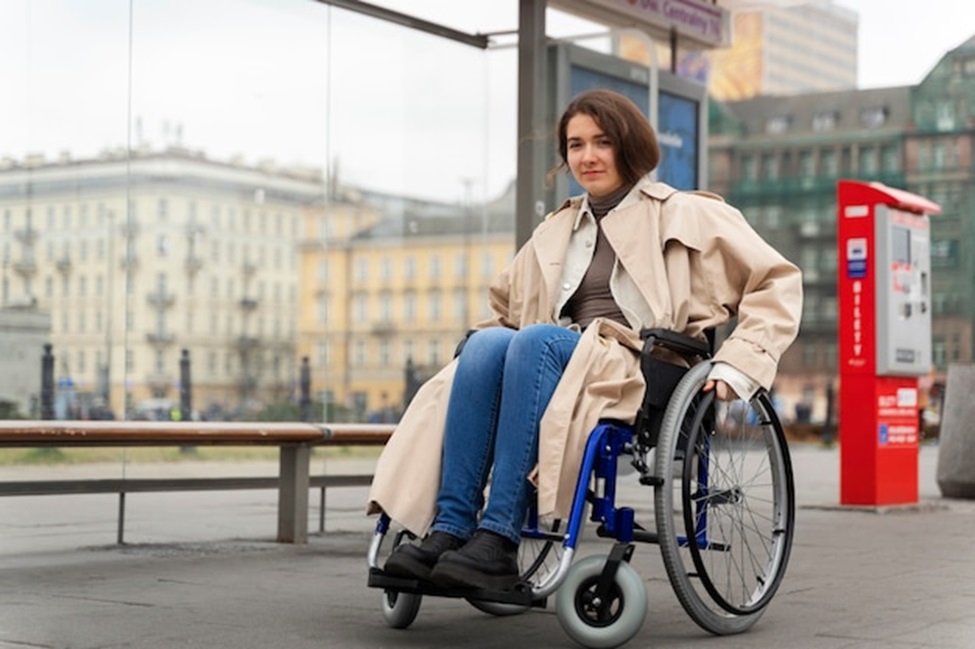Wheelchairs provide freedom and mobility to many individuals with limited physical mobility. There are two primary types of wheelchairs—manual and power. Both offer advantages and disadvantages depending on the user’s needs and lifestyle. This article explores the key differences between manual and power wheelchairs to help those in need of a mobility wheelchair make an informed decision.
Manual Wheelchairs
Independence: Manual wheelchairs give users complete independence as they do not depend on any battery power or mechanical assistance. Users can navigate wherever their physical ability allows without worrying about battery life or chargers.
Low maintenance: Since manual wheelchairs have no electronic components, they require very little maintenance. Minor issues like bent or loose spokes can easily be repaired at home. They do not need periodic charging or repairs to electronic systems.
Portability: Manual wheelchairs are lightweight and highly portable. Users can easily lift and transport their wheelchairs into vehicles, homes, or other locations without much effort. This makes them a convenient option for traveling.
Cost-effectiveness: The upfront cost of a basic manual wheelchair is significantly lower than a power wheelchair, usually falling in the $200-500 range. This makes them affordable for those on a limited budget.
However, manual wheelchairs also come with some disadvantages:
Physical effort: Self-propelling a manual wheelchair requires considerable upper body strength and endurance. It can be tiring and difficult for those with limited mobility in their arms or shoulders. Overexerting the arms risks strain injuries.
Access issues: Public spaces and buildings may not always be fully accessible with steps, narrow aisles, heavy doors, etc. making independent navigation difficult without assistance.
Power Wheelchairs
Effortless mobility: Power wheelchairs allow freedom of movement without relying on one’s physical capability or strength. Users of all abilities can navigate nearly any terrain independently with just a touch of a joystick or button.
All-terrain performance: Their powerful motors enable power wheelchairs to maneuver over varied surfaces including carpet, grass, inclines, rough outdoors, and multi-level buildings with ease. Batteries provide onboard “horsepower”.
Transportation made easy: Power wheelchairs are designed to be easily lifted, folded, and loaded into vehicles. Their lightweight batteries also detach quickly for charging in another area.
Customizable features: Advanced models offer features like tilt-in-space seating, elevating leg rests, and power recliners for improved seating and positioning comfort. Many have customizable speeds and controls.
However, power wheelchairs do have some drawbacks:
Higher initial cost: A basic power wheelchair starts around $2,000-5,000, while specialized customized models can cost over $15,000. Insurance may cover part of the cost.
Battery dependency: Their mobility relies on rechargeable battery power which has limited range and runtime before needing to charge. Batteries eventually degrade over years of use.
Weight challenges: Power wheelchairs are heavier than their manual counterparts, with loaded weights often over 100 pounds. Lifting and loading require assistance.
Conclusion
Between manual and power wheelchairs, both options provide important mobility. For a stable everyday lifestyle, their features need to carefully match individual abilities and daily routines. With proper maintenance, safety checks, and potential adaptations, either type of wheelchair can foster freedom and quality of life participation. Overall, selecting the right wheelchair promotes health, independence, and life participation for years ahead.

